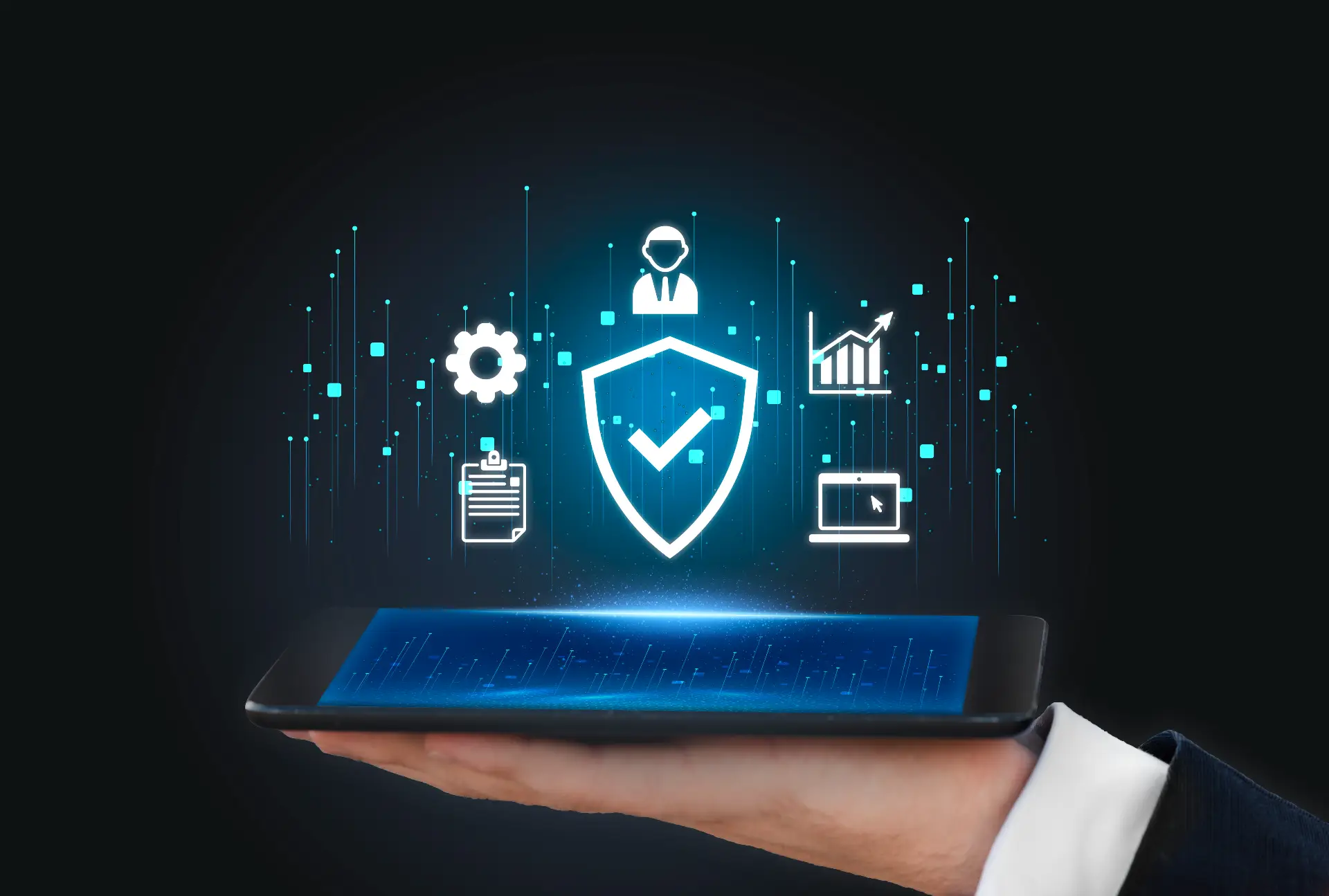In recent years, ransomware attacks have become increasingly common in the financial sector. These attacks can be devastating, causing significant financial losses, reputational damage, and even legal penalties. However, one of the most effective ways to mitigate the impact of a ransomware attack is by maintaining ransomware-resistant backups.
Ransomware is a type of malware that encrypts files on a victim’s computer or server and demands payment in exchange for the decryption key. Unfortunately, paying the ransom does not always result in the decryption of files, and even if the victim receives the decryption key, there is no guarantee that the attacker has not left other malware or backdoors on the system.
Therefore, maintaining ransomware-resistant backups is critical to ensuring business continuity in the event of a ransomware attack. In this article, we will discuss some best practices for maintaining ransomware-resistant backups in the financial sector.
Conduct Regular Backups
The first step in maintaining ransomware-resistant backups is to conduct regular backups of critical data. The frequency of backups will depend on the volume of data and the criticality of the information. In the financial sector, where transactions are time-sensitive and the data is highly sensitive, it is essential to conduct frequent backups, preferably on a daily basis.
Keep Backups Offline
Keeping backups offline is one of the most effective ways to prevent ransomware attacks from encrypting backup files. Ransomware attackers typically target online or network-connected backups, so keeping backups offline makes it difficult for them to encrypt the files. This can be achieved by storing backups on external hard drives or tapes, or using cloud backup services that have built-in ransomware protection.
Implement Strong Access Controls
Implementing strong access controls for backup files is critical to prevent unauthorized access or modification of backup data. This includes implementing password protection and two-factor authentication, restricting access to backup files to authorized personnel only, and monitoring access logs regularly for any suspicious activity.
Test Backup and Restore Procedures
Testing backup and restore procedures is essential to ensure that backups are functional and can be restored quickly in the event of a ransomware attack. Regular testing of backup and restore procedures should be conducted to verify the integrity of the backup files and to ensure that the backup and restore processes are working correctly.
Implement Encryption and Compression
Implementing encryption and compression for backup files is another effective way to make backups more resistant to ransomware attacks. Encryption and compression make it more difficult for attackers to read and manipulate backup files, and can also reduce the size of backup files, making them easier to store and transfer.
Train Employees
Training employees is critical to preventing ransomware attacks from infiltrating the network and compromising backup files. Employees should be trained on best practices for data security, including how to identify and report suspicious emails and attachments, how to use strong passwords, and how to recognize phishing scams.
In conclusion, maintaining ransomware-resistant backups is critical for the financial sector to ensure business continuity in the event of a ransomware attack. Regular backups, keeping backups offline, implementing strong access controls, testing backup and restore procedures, implementing encryption and compression, and training employees are all essential best practices for maintaining ransomware-resistant backups. By following these best practices, financial institutions can significantly reduce the impact of a ransomware attack and protect their critical data.
TSAROLABS is a technology consulting and software development company that provides a range of services to help organizations mitigate the risks associated with ransomware attacks, including maintaining ransomware-resistant backups. TSAROLABS can help in several ways:
Backup and Recovery Services: TSAROLABS can help financial institutions establish a robust backup and recovery strategy that includes regular backups, testing backup and restore procedures, and storing backups offline. They can also help with the implementation of encryption and compression to make backups more resistant to ransomware attacks.
Cybersecurity Consulting: TSAROLABS can provide cybersecurity consulting services to help financial institutions identify and address vulnerabilities in their IT infrastructure. This includes conducting a thorough risk assessment, developing a comprehensive cybersecurity strategy, and implementing security controls to prevent ransomware attacks.
Employee Training: TSAROLABS can provide employee training to help financial institutions educate their staff on the best practices for data security, including how to identify and report suspicious emails and attachments, how to use strong passwords, and how to recognize phishing scams.
Incident Response Planning: TSAROLABS can help financial institutions develop an incident response plan that outlines the steps to be taken in the event of a ransomware attack. This includes identifying the key stakeholders, establishing communication protocols, and defining the roles and responsibilities of each team member.
In summary, TSAROLABS can provide a range of services to help financial institutions maintain ransomware-resistant backups and mitigate the risks associated with ransomware attacks. By working with TSAROLABS, financial institutions can establish a robust backup and recovery strategy, implement effective cybersecurity controls, educate their staff on data security best practices, and develop a comprehensive incident response plan.
Related Tags
Ransomware, Backup and Recovery, Cybersecurity, Financial Institutions, Data Security, Encryption, Compression, Employee Training, Incident Response Planning, TSAROLABS, IT Infrastructure, Risk Assessment, Communication Protocols, and Phishing Scams.



